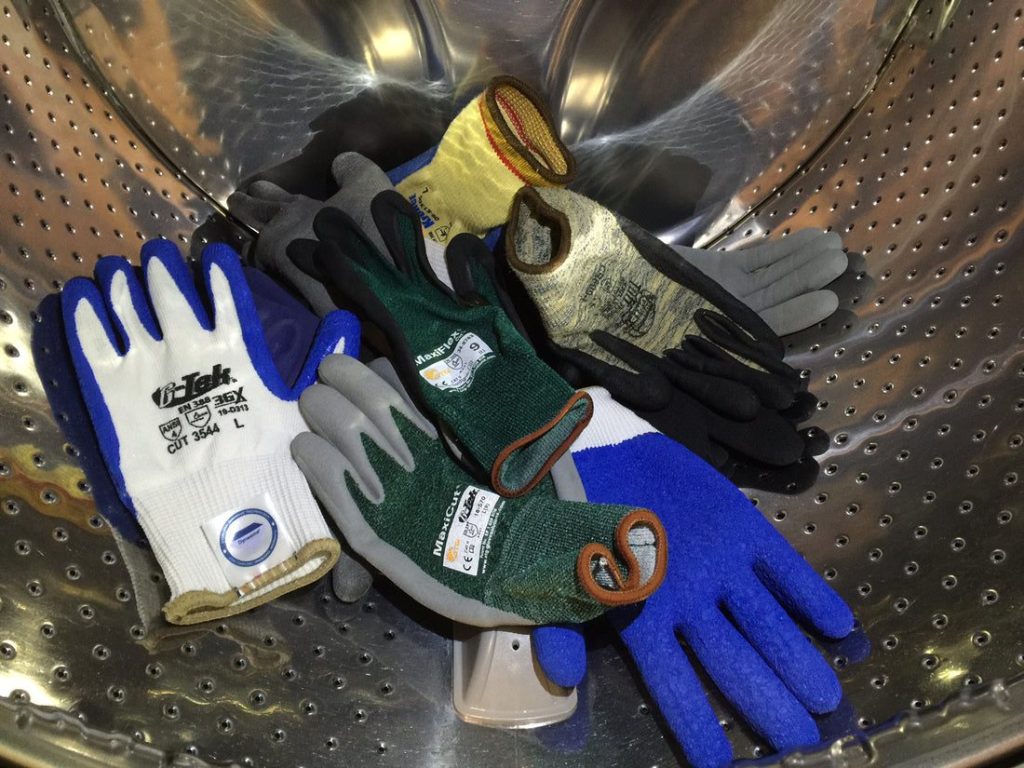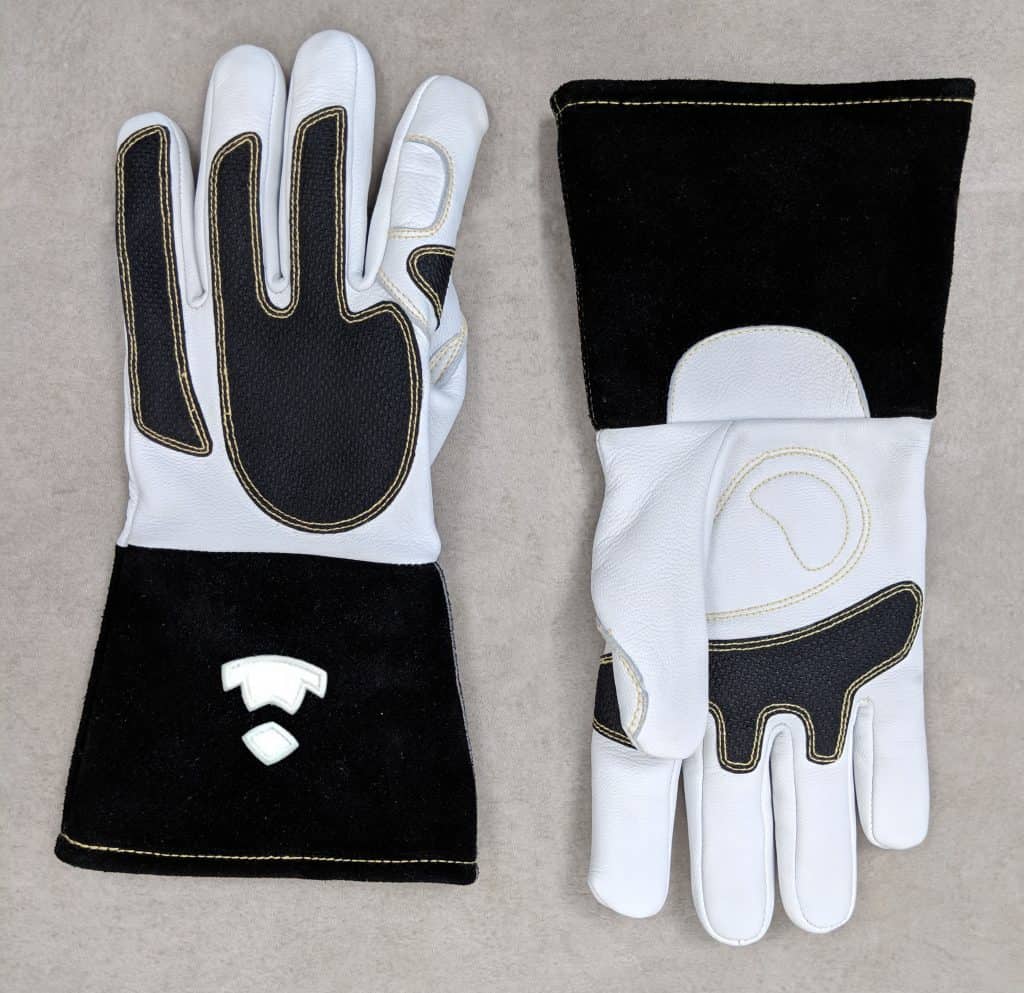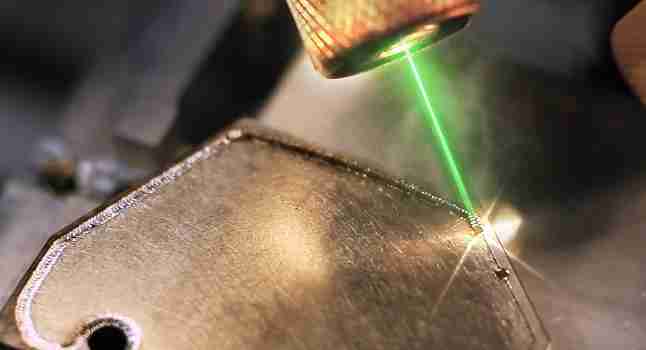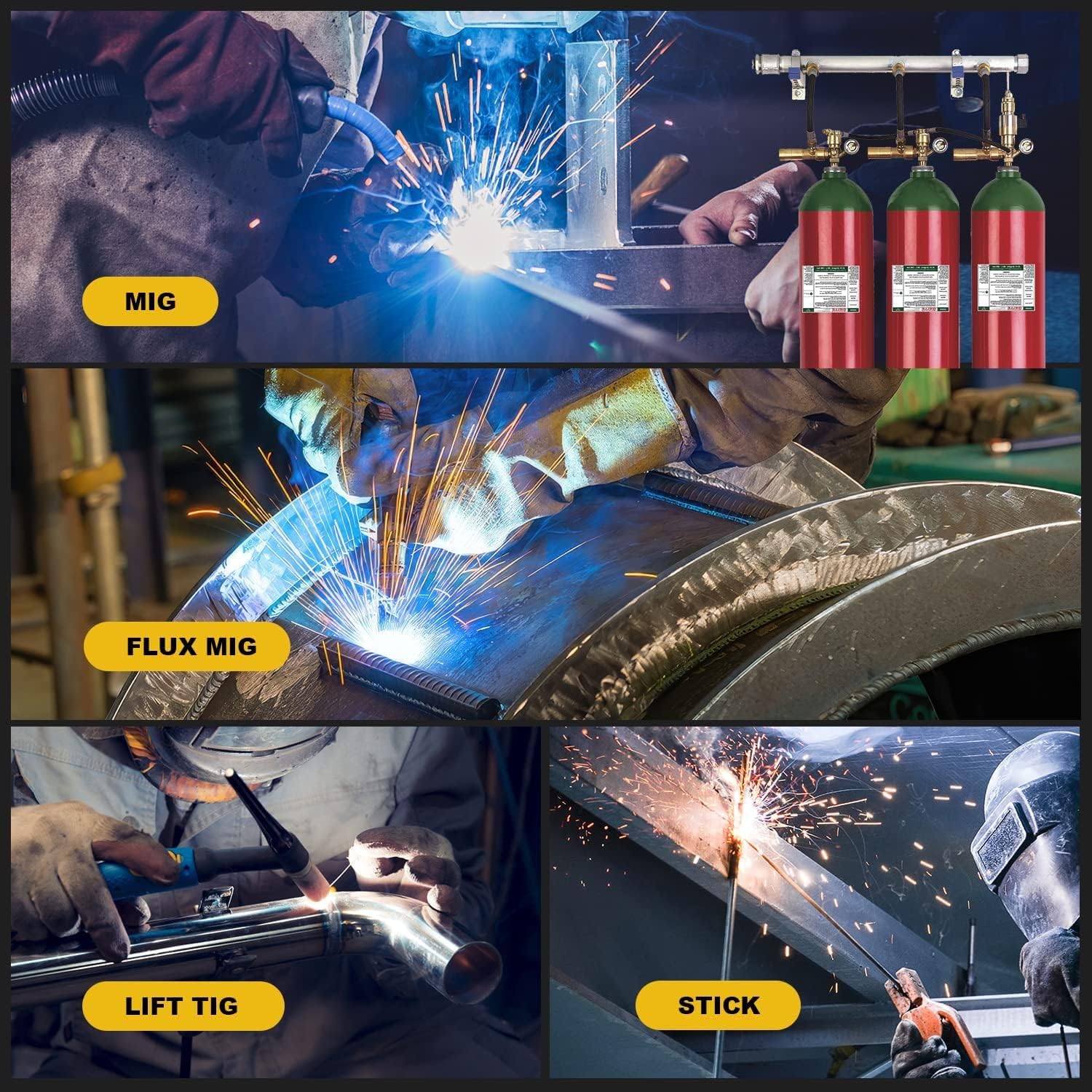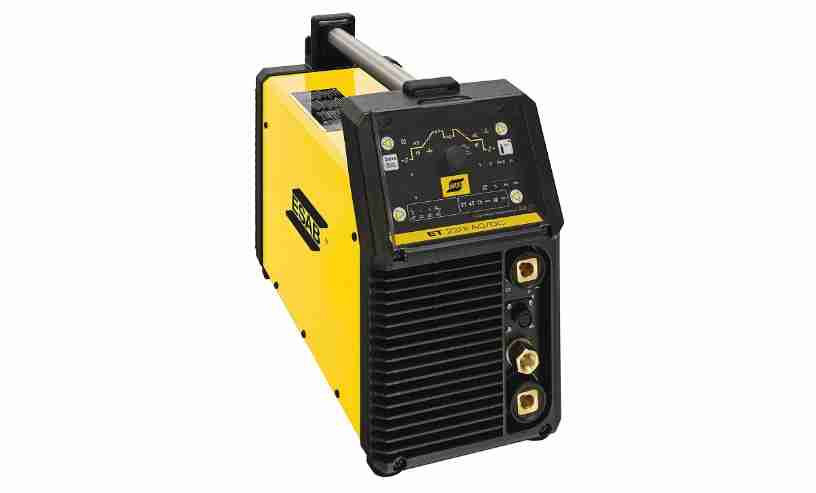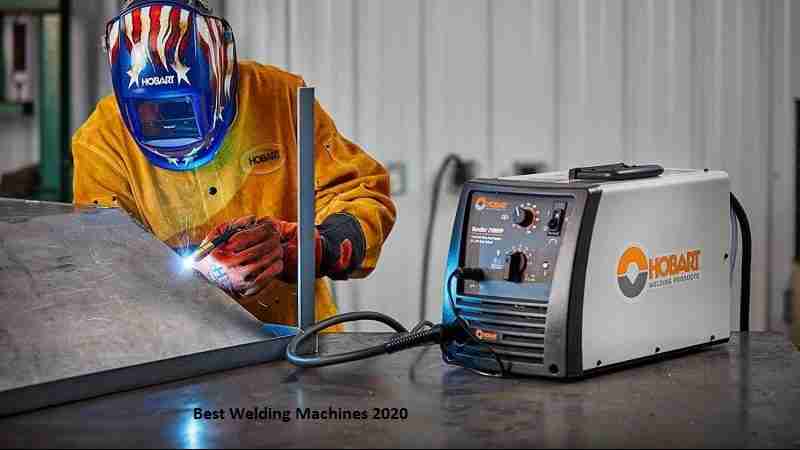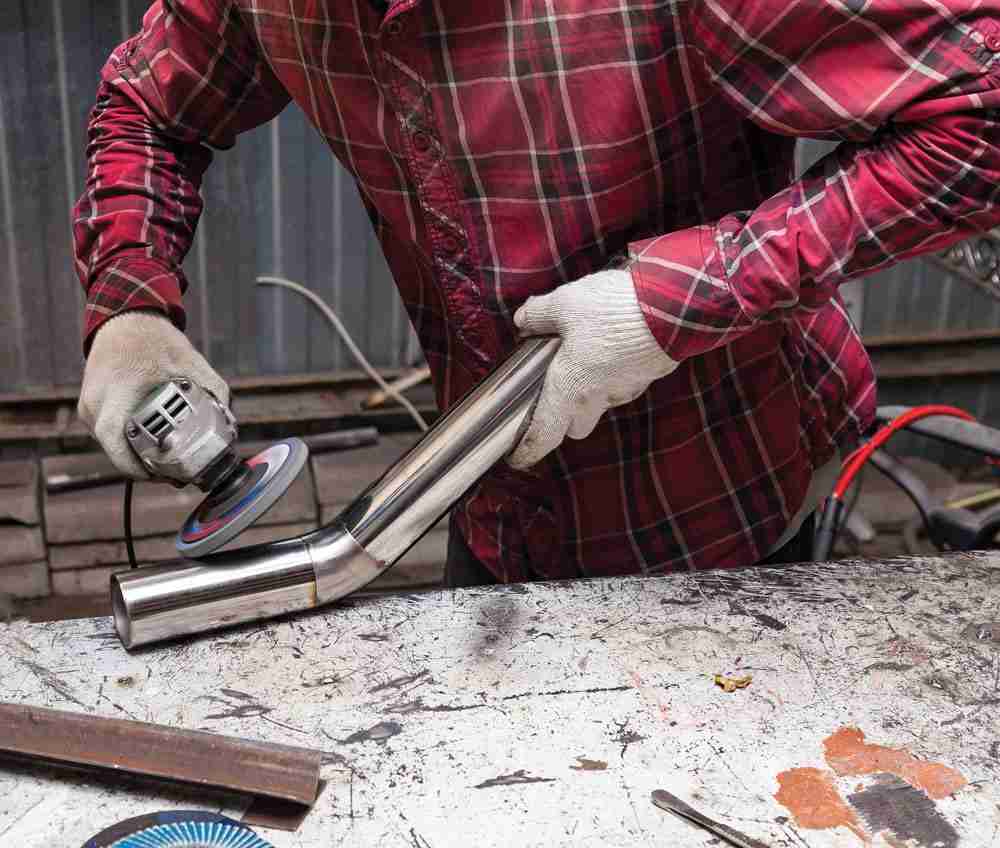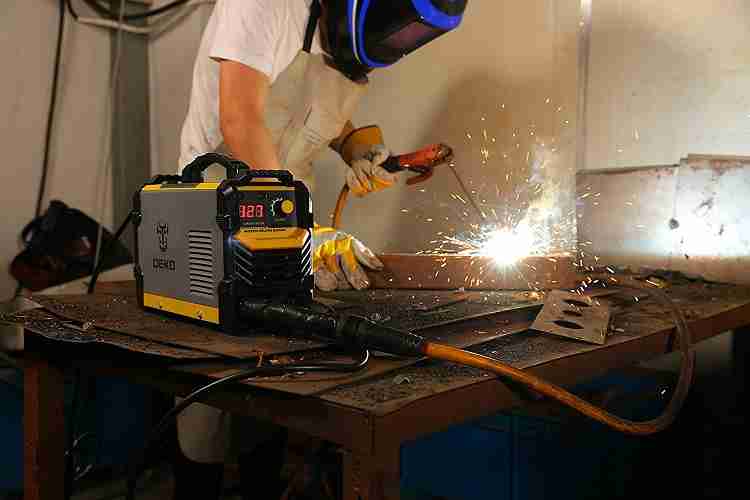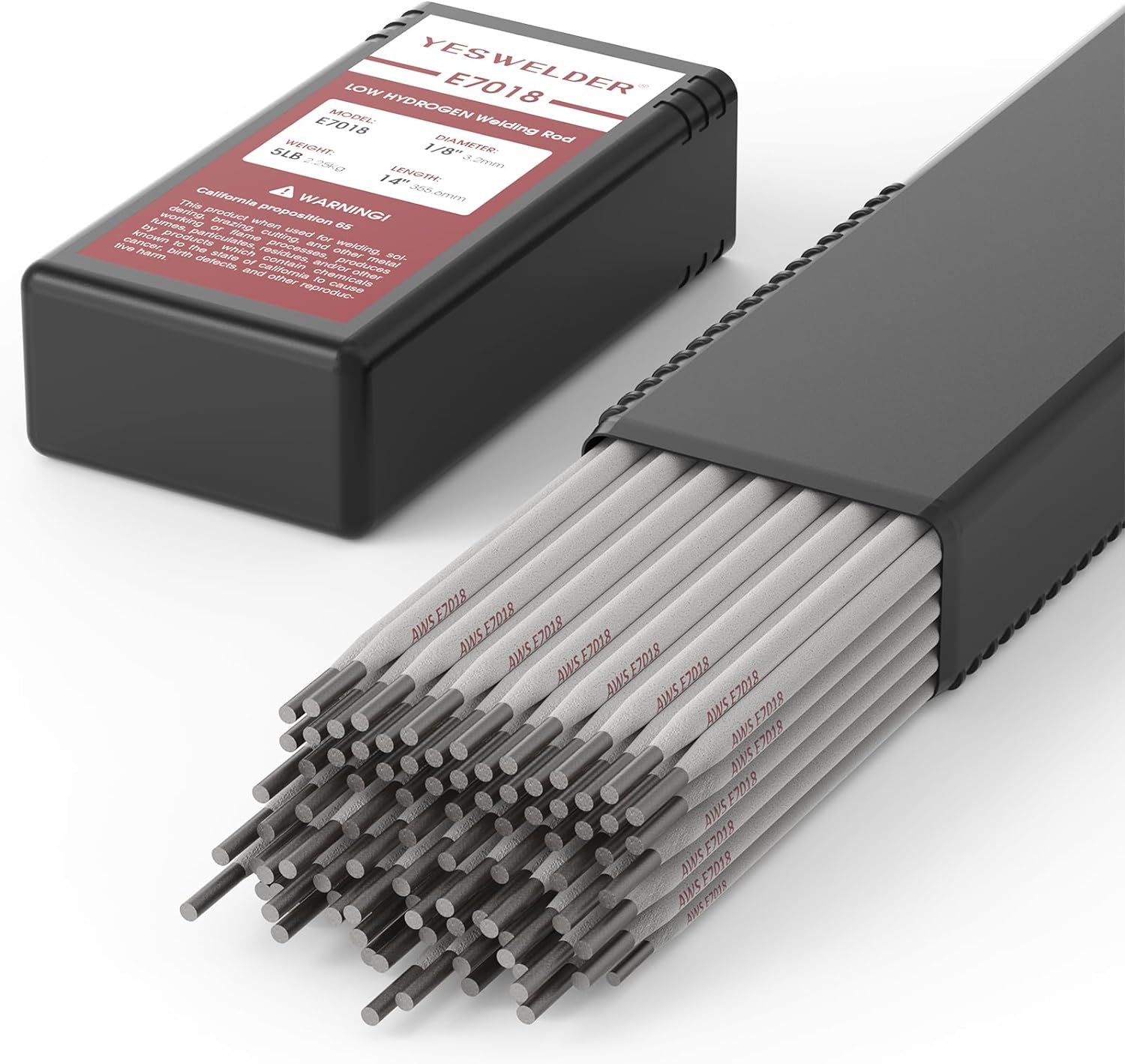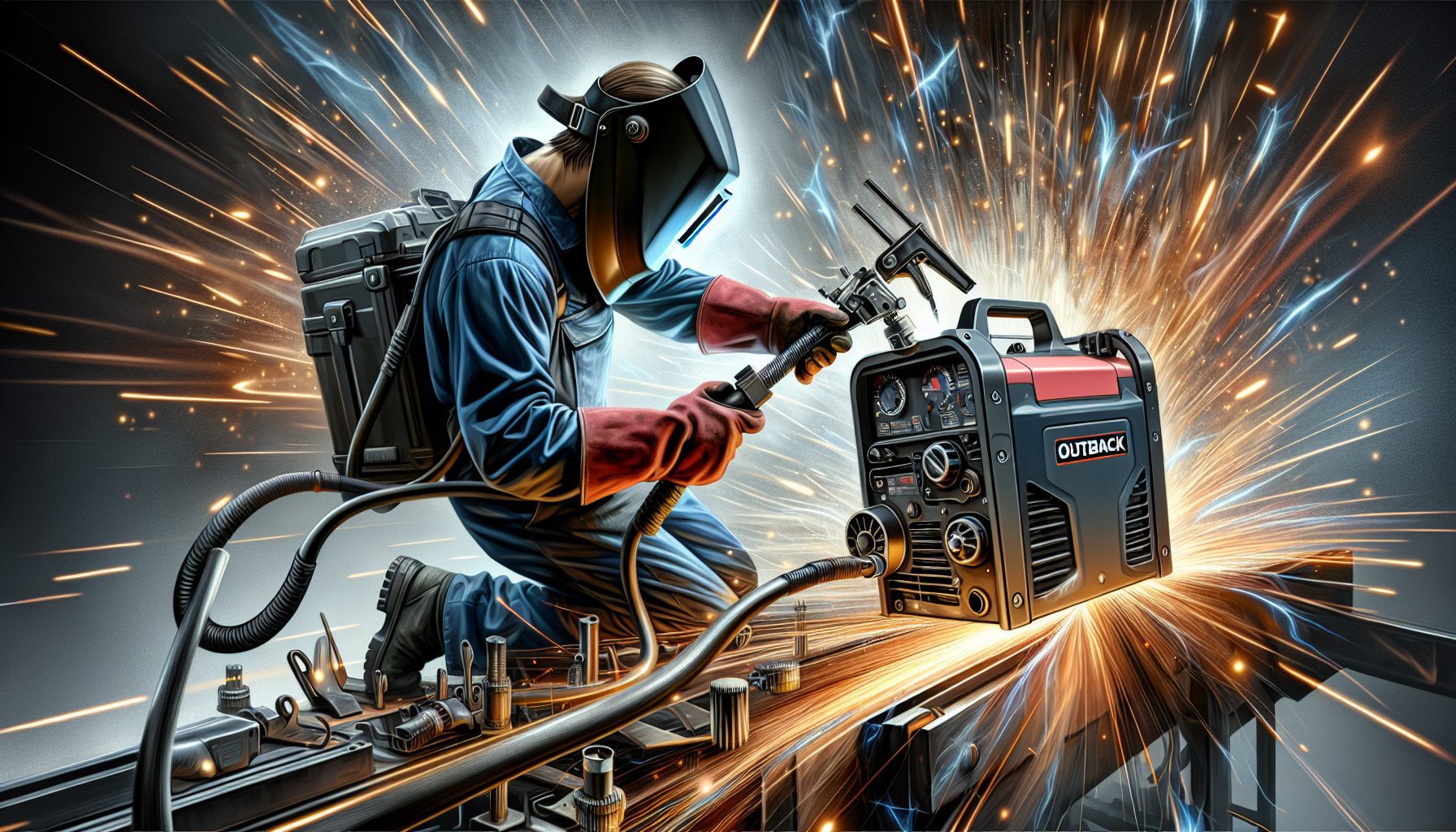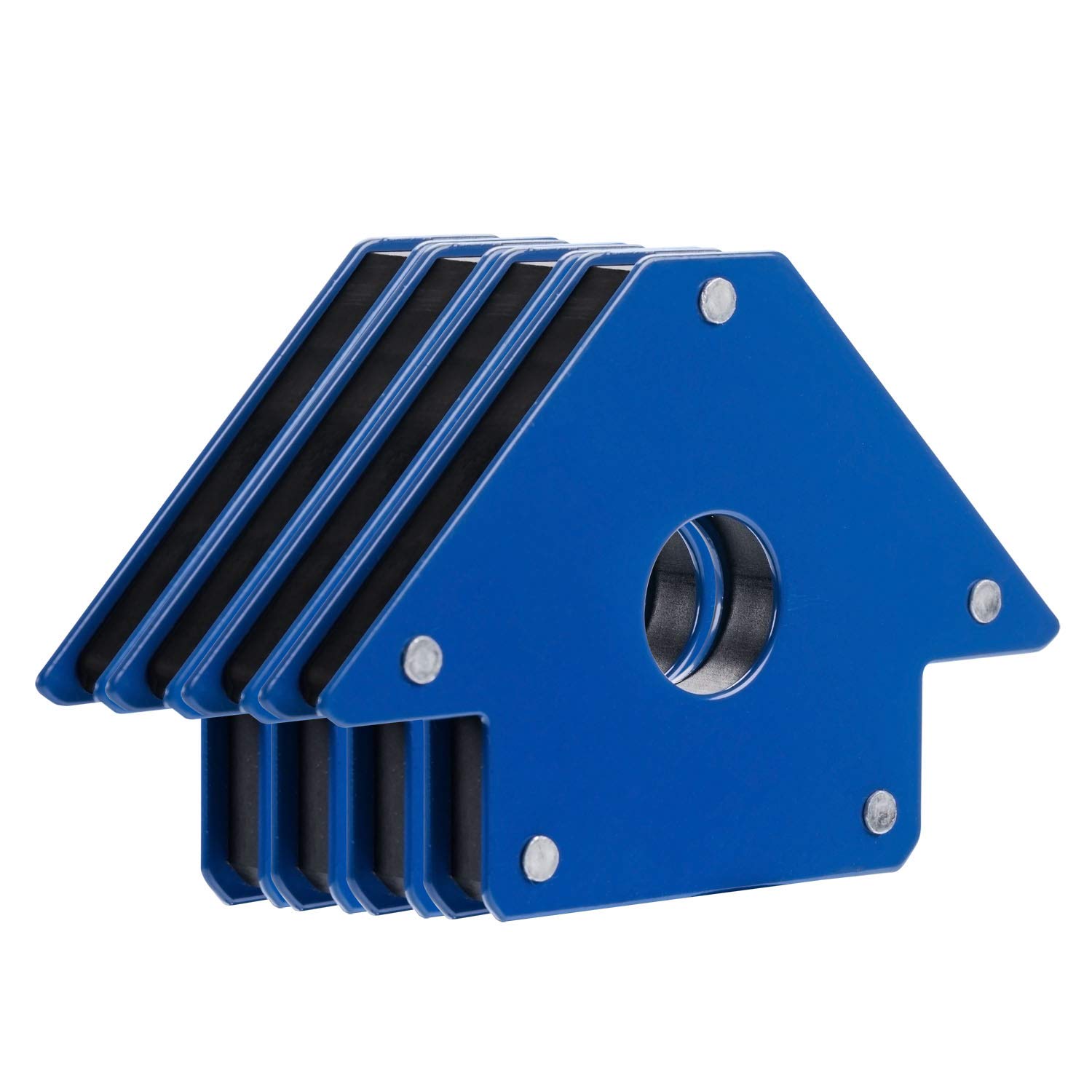In this article, we will guide you on the proper techniques to clean and maintain your welding gloves, ensuring their longevity and effectiveness. Our expert tips will help you remove dirt and grime from your gloves, preventing any damage while also keeping them in optimal condition for your next welding project. Whether you are a seasoned welder or just starting out, taking care of your welding gloves is essential for both safety and performance. Let us show you how to keep your gloves clean and well-maintained, so you can focus on the task at hand with confidence.
Cleaning the Welding Gloves
Selecting the Right Cleaning Materials
When it comes to cleaning welding gloves, it’s important to choose the right cleaning materials to ensure that you do not damage the gloves. Opt for mild cleaning agents such as mild soap or dishwashing detergent. Avoid harsh chemicals or solvents as they can degrade the material and compromise the integrity of the gloves.
Removing Surface Dirt and Debris
Before diving into deep cleaning the gloves, it’s essential to remove any surface dirt and debris. Start by gently brushing off loose dirt and debris from the gloves using a soft-bristle brush or a clean cloth. This step will help prevent any scratches or damages to the material during the cleaning process.
Deep Cleaning the Gloves
To deep clean your welding gloves, fill a sink or basin with warm water and add a small amount of mild soap or dishwashing detergent. Immerse the gloves in the soapy water and agitate them gently to loosen any dirt or stains. Use a soft brush or cloth to scrub the gloves gently, paying extra attention to any stubborn stains.
After cleaning, rinse the gloves thoroughly with clean water to remove any soap residue. It’s important to ensure that all the soap is rinsed out of the gloves as any leftover residue can cause skin irritation or compromise the gloves’ flame resistance properties.
Maintaining the Welding Gloves
Inspecting the Gloves Regularly
Regular inspection is crucial for maintaining the welding gloves’ performance and durability. Before each use, take a few moments to inspect the gloves carefully for any signs of damage, such as holes, tears, or loose stitching. If any damage is found, it’s important to address it promptly to prevent further deterioration and ensure your safety while welding.
Repairing Small Damages
If you notice any small damages during your inspection, such as a small tear or loose stitching, it’s possible to repair these issues yourself. Use a strong needle and high-quality heat-resistant thread to stitch up any tears or reinforce loose stitching. However, if the damage is extensive or affects the overall integrity of the gloves, it’s best to consider replacing them to maintain optimal safety.
Storing the Gloves Properly
Proper storage is essential to prolong the lifespan of your welding gloves. After each use, make sure to clean and dry the gloves thoroughly before storing them. Avoid folding or creasing the gloves, as this can cause permanent damage. Instead, keep them in a cool, dry place, preferably hanging or laying flat to maintain their shape.
This image is property of bindbig.com.
Using Protective Barrier Products
Applying Leather Conditioners
Leather welding gloves can benefit from regular conditioning to keep them soft, supple, and resistant to cracking. Apply a small amount of leather conditioner to a clean, lint-free cloth and rub it onto the gloves. Make sure to work the conditioner into the leather, paying attention to areas that may be prone to drying out, such as the palms and fingers. Allow the conditioner to absorb into the gloves for the recommended amount of time before wiping off any excess.
Using Heat or Flame Resistant Sprays
For added protection and longevity, consider using heat or flame-resistant sprays designed specifically for welding gloves. These sprays create a protective barrier on the surface of the gloves, increasing their resistance to heat, flames, and sparks. Follow the manufacturer’s instructions on the spray bottle to ensure proper application and effectiveness.
Maintaining Glove Grip
Utilizing Traction-Enhancing Solutions
Over time, the grip on welding gloves can wear down, making it challenging to handle materials securely. Utilize traction-enhancing solutions such as grip enhancers or tacky substances designed specifically for welding gloves. Apply these solutions to the palm and fingers of the gloves and allow them to dry according to the manufacturer’s instructions.
Replacing Worn Out Grips
If the grip on your welding gloves has become too worn out or slippery even after utilizing traction-enhancing solutions, it may be time to replace the grip. Many welding gloves have replaceable grip pads, which can be purchased separately. Follow the manufacturer’s instructions to remove the old grip and replace it with a new one for improved grip and control.
This image is property of bindbig.com.
Preventing Contamination
Avoiding Handling Contaminants
To prevent contamination of your welding gloves, avoid handling any contaminants while wearing them. This includes substances such as oil, grease, chemicals, or other materials that may compromise the gloves’ integrity or flame resistance. If you need to handle any contaminants, remove your gloves and clean them thoroughly before putting them back on.
Cleaning Hands before Wearing the Gloves
Before putting on your welding gloves, it’s essential to clean your hands thoroughly. This will help remove any dirt, oil, or other contaminants that could transfer onto the gloves. Use soap and water to wash your hands, ensuring that all residue is removed. Dry your hands completely before putting on the gloves to maintain a clean and uncontaminated environment.
Safety Measures during Cleaning
Using Personal Protective Equipment (PPE)
Cleaning welding gloves, like any other task related to welding, should be done while wearing the appropriate personal protective equipment (PPE). This includes safety glasses, welding apron, and welding gloves to protect yourself from any potential hazards during the cleaning process.
Cleaning in a Well-Ventilated Area
It’s important to clean your welding gloves in a well-ventilated area to avoid inhaling any fumes from cleaning agents. Ensure that there is proper airflow in the room, open windows if necessary, and turn on fans to provide adequate ventilation. This will help dissipate any potentially harmful fumes and keep the cleaning area safe.
Avoiding Harsh Chemicals
When cleaning your welding gloves, it’s crucial to avoid using harsh chemicals that can damage the material or compromise its flame resistance properties. Stick to mild cleaning agents such as mild soap or dishwashing detergent, as mentioned earlier. Avoid using solvents or abrasive cleaners, as they can degrade the gloves and jeopardize their effectiveness.
This image is property of bindbig.com.
Drying the Welding Gloves
Air Drying the Gloves
After cleaning, it’s best to air dry your welding gloves to prevent any damage that may occur from excessive heat. Hang the gloves in a well-ventilated area away from direct sunlight or heat sources. Allow them to air dry completely before storing or using them again.
Using Low Heat to Dry
If you need to speed up the drying process, you can use low heat to dry the gloves. Place the gloves in a well-ventilated area and set a low-temperature setting on a fan or hairdryer. Keep a safe distance between the gloves and the heat source to prevent any damage. Regularly check the gloves to ensure they are not becoming too hot or overheating.
Avoiding Excessive Heat
It’s important to avoid exposing your welding gloves to excessive heat during the drying process. High temperatures can cause the gloves to shrink, harden, or lose their flame resistance properties. Never use a high-heat setting on a dryer or place the gloves near open flames or other heat sources. Always prioritize air drying or using low heat to preserve the quality of your gloves.
Cleaning Specialty Gloves
Removing Oil, Grease, or Chemicals
Specialty welding gloves, such as those designed for oil, grease, or chemical resistance, may require additional cleaning steps. Follow the manufacturer’s instructions for cleaning these gloves, as they may have specific recommendations for removing any oil, grease, or chemical residue. Use appropriate cleaning agents or specialized cleaners to effectively remove these substances without compromising the gloves’ properties.
Cleaning Reflective or High-Visibility Gloves
Reflective or high-visibility welding gloves require special care to maintain their visibility and reflectivity. Avoid using harsh cleaning agents or abrasive materials that may scratch or damage the reflective surfaces. Clean these gloves gently using mild soap or dishwashing detergent and lukewarm water. Pat them dry with a soft cloth or allow them to air dry to preserve their reflective qualities.
This image is property of www.yourglovesource.com.
Replacing Old Welding Gloves
Knowing When to Replace
No matter how well you maintain your welding gloves, there will come a time when they need to be replaced. It’s crucial to know the signs that indicate it’s time for a new pair. Look for extensive wear and tear, such as holes, tears, or deteriorating stitching that cannot be repaired. If the gloves have lost their flame resistance properties or if they no longer provide adequate protection, it’s time to invest in a new pair.
Selecting Appropriate Replacement Gloves
When selecting replacement welding gloves, consider your specific needs and the type of welding you will be performing. Different welding processes may require different types of gloves, such as those with specific heat-resistant properties, cut resistance, or protection against specific chemicals. Look for gloves that meet safety standards and provide the necessary protection for your specific welding applications.
Professional Cleaning Services
Outsourcing Glove Cleaning and Maintenance
If you prefer to leave the cleaning and maintenance of your welding gloves to professionals, there are specialized services available. Professional cleaning services can ensure that your gloves are properly cleaned, inspected, and maintained, extending their lifespan and performance. These services often use specialized equipment and processes to effectively clean and care for welding gloves, giving you peace of mind and more time to focus on your welding projects.
In conclusion, cleaning and maintaining your welding gloves is crucial for their longevity and continued effectiveness in protecting your hands during welding. By following the proper cleaning methods, utilizing the right cleaning materials, and regularly inspecting and maintaining the gloves, you can ensure their optimal performance and extend their lifespan. Remember to prioritize your safety by using personal protective equipment, cleaning in a well-ventilated area, and avoiding harsh chemicals. And when it’s time to replace your gloves, select appropriate replacements that meet your specific welding needs. Whether you choose to clean and maintain the gloves yourself or opt for professional services, taking care of your welding gloves will ultimately contribute to a safe and successful welding experience.
This image is property of www.waylanderwelding.com.






